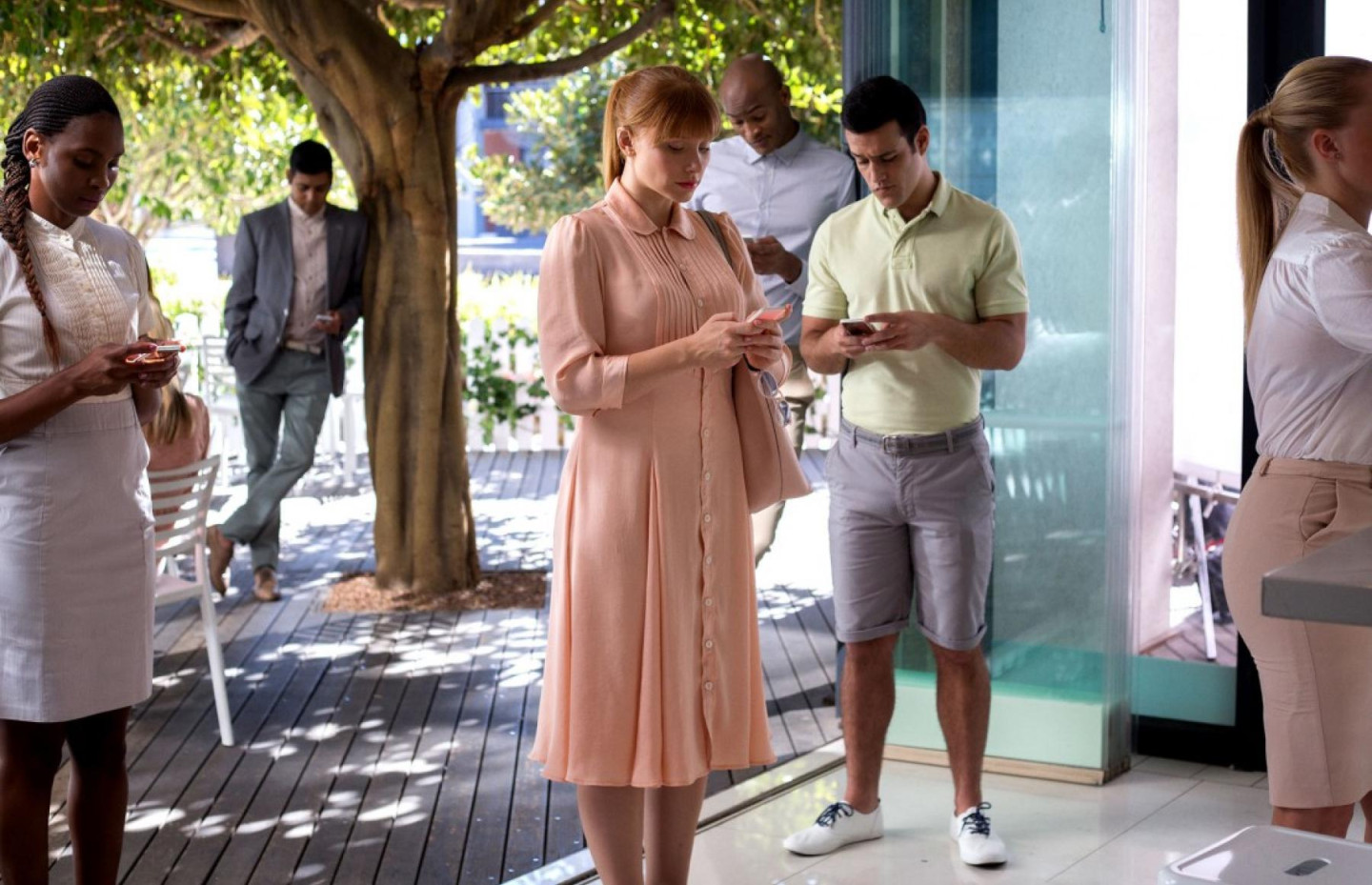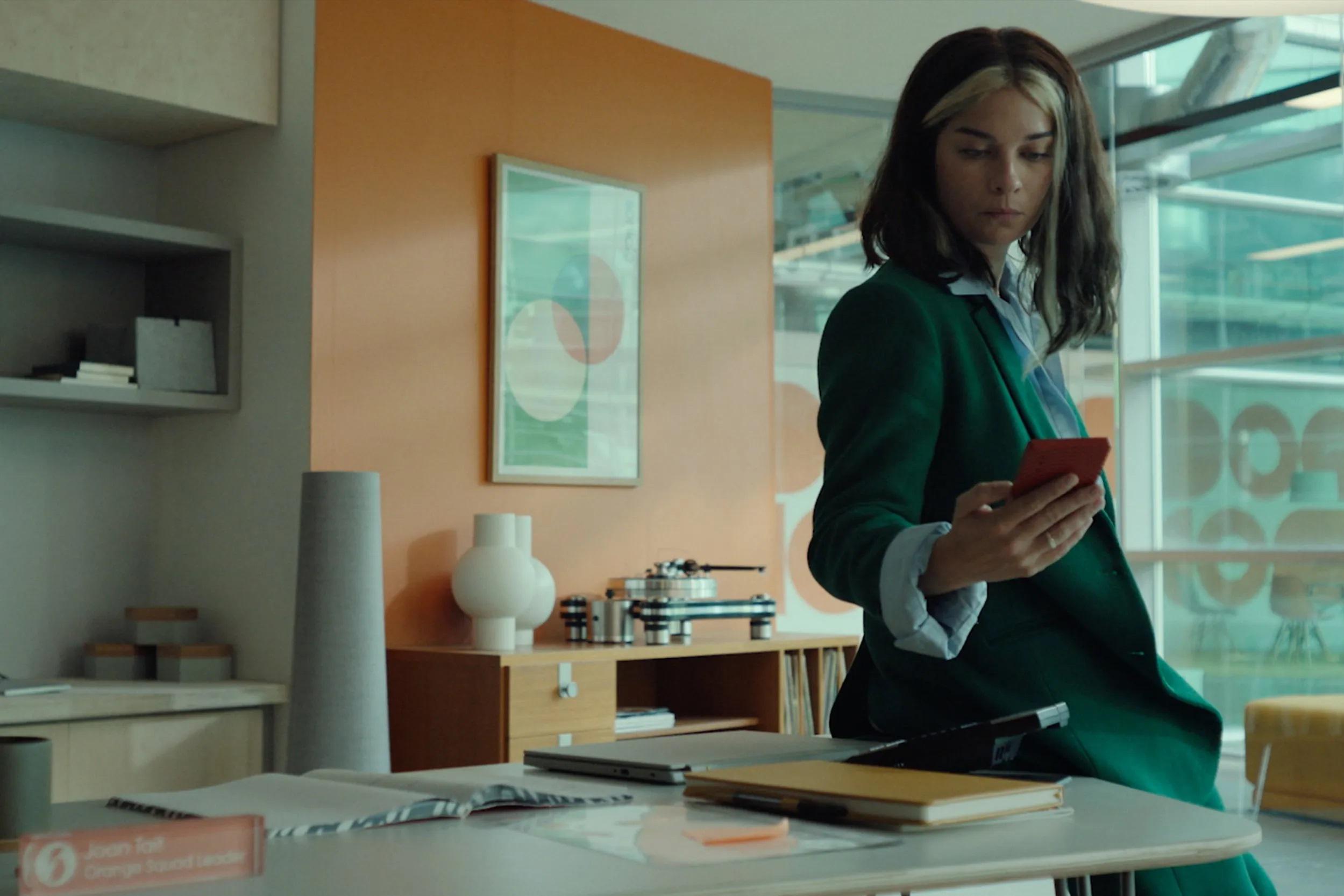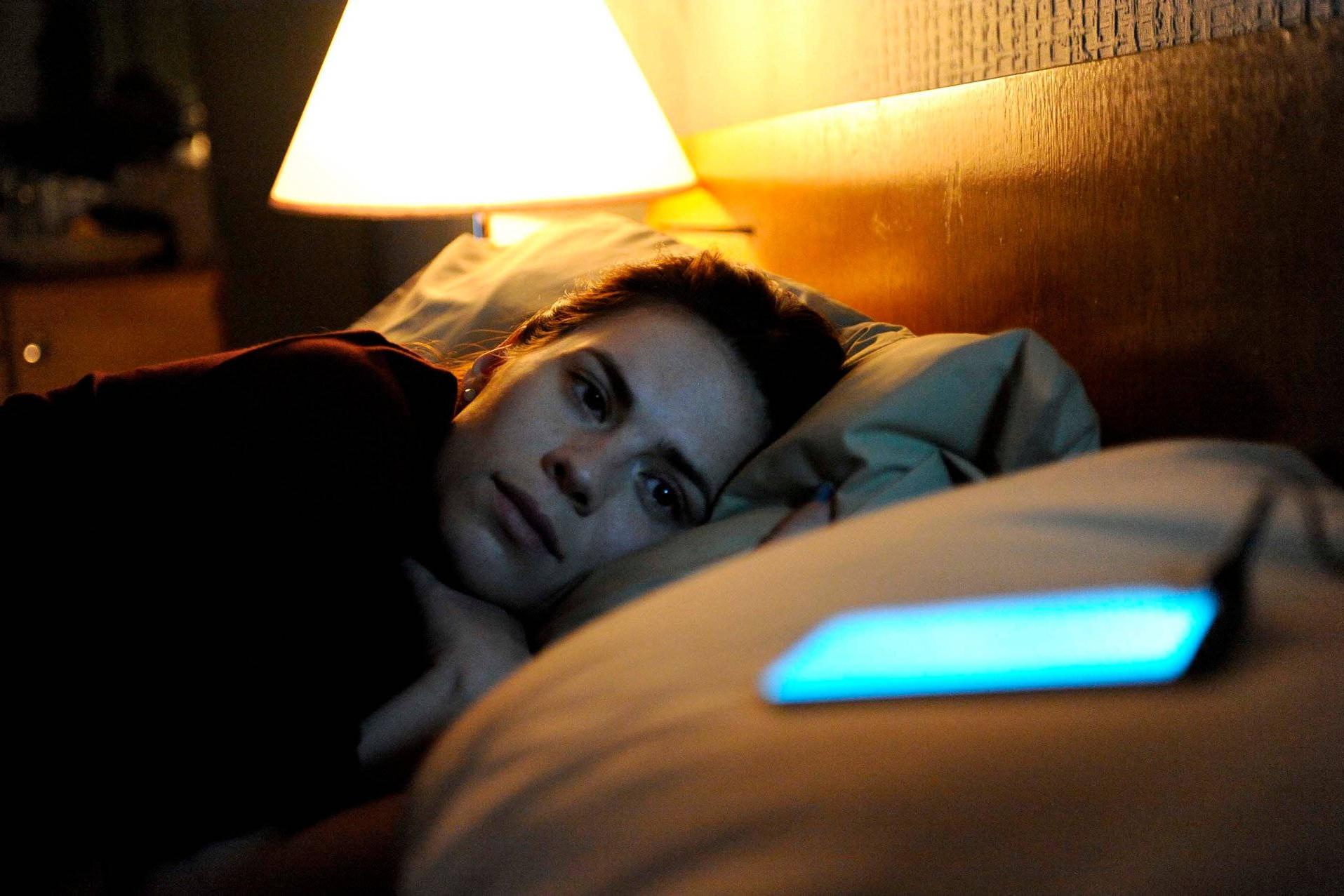
After the New Year holidays, many find it difficult to return to their usual daily routine, suffer from brain fog, and lack energy. According to a study by Data Reportal, people aged 16-64 spend an average of six and a half hours in front of a screen every day. Another study conducted by the University of Leeds found that 59% of respondents believe that screen time has a negative impact on their health. “Screens are the new sugar,” explains Nicola Alexander-Cross, founder of Peep Club, an optometrist (a specialist who determines the degree of visual impairment and prescribes corrective treatments). “Now this is part of our life.” And we need to learn to live with it.”
1. Moisturize your eyes
One of the main reasons why we feel tired at the end of the workday is the impact of screens. “More than six hours spent in front of a screen causes eye strain and dryness, headaches and, of course, blurred vision,” British Vogue quotes Nicola Alexander-Cross as saying.
The optometrist attributes these problems to several reasons. First of all, because when sitting in front of a monitor, we blink six to eight times less often than in another situation. This means that the eyes lose natural moisture and become more vulnerable, since blinking also protects the eyes from external irritants.
“Make sure your screen time is in good lighting,” Alexander-Cross advises. “It is important that the brightness of your room or office matches the brightness of your screen.” The expert also notes that mindlessly scrolling through your phone or tablet in the dark before bed can also cause eye strain, so turn on good overhead lighting whenever you use the device. She adds, “Using a mild, preservative-free eye drop or spray daily will help offset the dryness caused by lack of blinking.” The doctor also recommends adding omega-3s to your diet, increasing your water intake, and using an eye mask with a hot compress.
2. Regain Focus
When we look at a two-dimensional object (be it the screen of a phone, tablet or desktop computer), our eyes go into focal vision mode. When this happens, the eyeballs turn inward towards the nose, allowing the focus to narrow so that we can focus solely on what is in front of us, without any other visual distractions.
Although this is a natural response of the body, this high concentration regimen is also associated with increased stress levels because it triggers the sympathetic nervous system. Staying in this state for a long time can be harmful to the body.

Still from the series “Black Mirror”
Eye strain can be minimized. It will take a little practice to learn to control your visual field and consciously distract yourself from a tense visual state, moving to panoramic or peripheral vision.
To do this, quickly look away from the screen and focus it on one point located about half a meter in front. This will increase the field of view and allow the brain to perceive more of the visual environment. If you work near a window, this will give you a wider view for your workout.
If during an activity you take a deep breath and feel tears in your eyes, this is a sign that the parasympathetic nervous system has been activated and you are entering a more relaxed state.
3. Take a walk
“Recent research has shown that natural light stimulates the release of dopamine from the retina, thereby preventing myopia,” explains Alexander-Cross. “The more time we spend indoors in front of screens, the higher the risk of developing myopia.”
One way to reduce eye strain is to get outside more often. Serotonin, which is produced in fresh air, improves mood and cognitive function. After all, sitting in front of a screen often makes you feel drowsy. For those participants who spent time outdoors, brain scans showed a positive effect on the right dorsolateral prefrontal cortex, which is responsible for planning and regulating actions, according to a post-pandemic study.
4. Limit blue light
Even if you’ve spent the entire day in front of a screen while sitting on the couch, you may still feel tired. This is mainly due to constant strain on the eyes, as well as tension that occurs in the head, neck and shoulders. Overexposure to screens has been linked to irregular cortisol levels, and the blue light they emit disrupts the normal production of hormones, including melatonin, which is essential for good sleep. “Melatonin is a sleep hormone that is secreted in response to darkness,” says Hannah Alderson, RD, founder of Positive Method.
Decreased melatonin levels not only mean poor sleep quality, but also disrupted circadian rhythm, which affects energy levels and mood the next day. Regular poor quality sleep can contribute to a weakened immune system and increase the risk of chronic diseases.
“The blue light emitted by smartphones and screens hits the pineal gland, tricking our body into thinking it’s in a different time frame, especially if you sit in front of a screen for a long time in the evening,” notes Alderson.
The best option is to avoid any screens at least two hours before bed. It’s also important to schedule regular breaks throughout the day. The specialist advises taking frequent short breaks, which have a better effect on the body than rare and long ones. If possible, try to take a 5-10 minute break every hour.

Still from the series “Black Mirror”
Morning rituals are also important. “Staying away from screens for the first 30 minutes in the morning will help control your cortisol levels and help you regulate your sleep and alertness,” explains Alderson.
The American Optometric Association recommends the 20-20-20 rule: Every 20 minutes, take a 20-second break to look at something 20 feet away. “Keep your laptop or computer near a window, or at least not with the screen facing the wall, so that when you look up during a break, you can look into the distance,” adds Alexander-Cross.
5. Replace communication in instant messengers with real ones
As we seamlessly transition from working at the computer to looking at and reading pages on the smartphone screen on the way home and while relaxing, a feeling of mental exhaustion arises. It is important to set boundaries between work and everyday life. To do this, you can unsubscribe from some subscriptions or turn off unnecessary notifications.
Communication in instant messengers does not allow us to understand the body language of the interlocutor. In addition to the need to constantly monitor both verbal and non-verbal cues, we also need to maintain direct eye contact at all times. The more time we spend in front of a screen, the weaker our real-life social connections become, causing additional stress.
